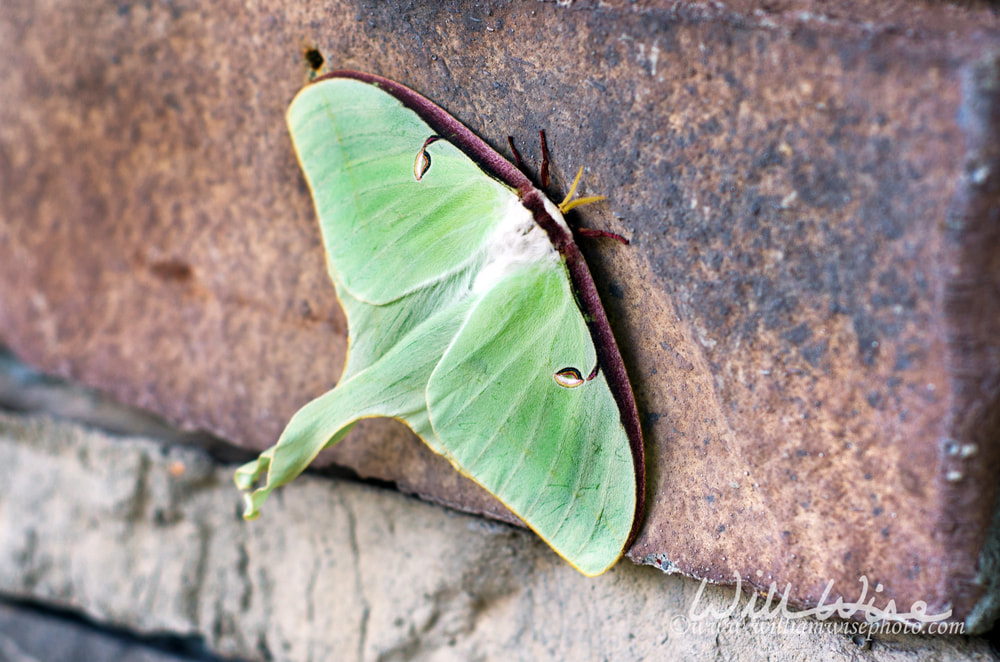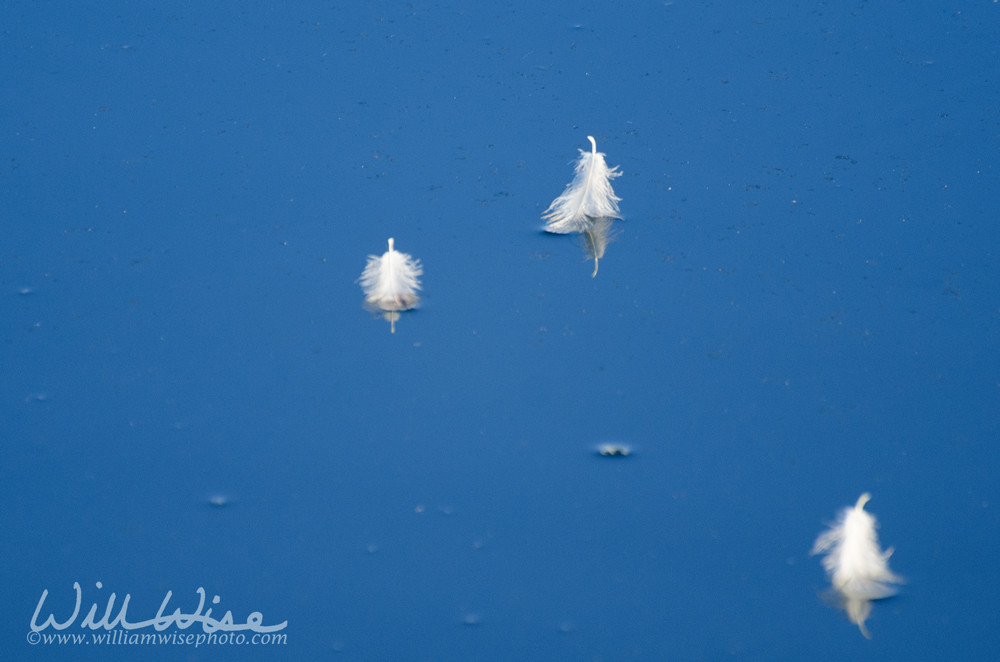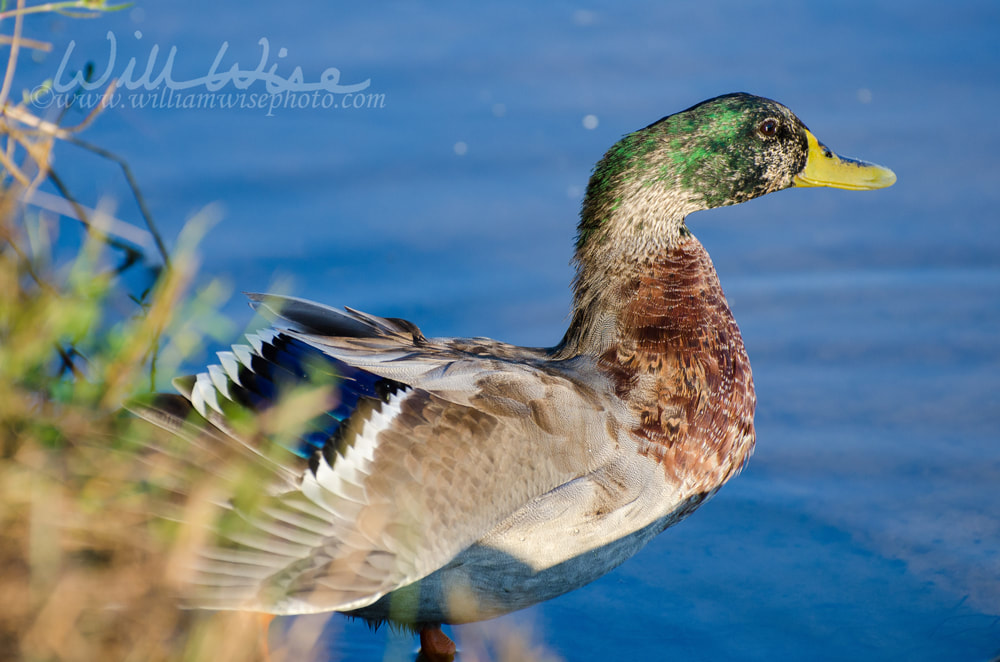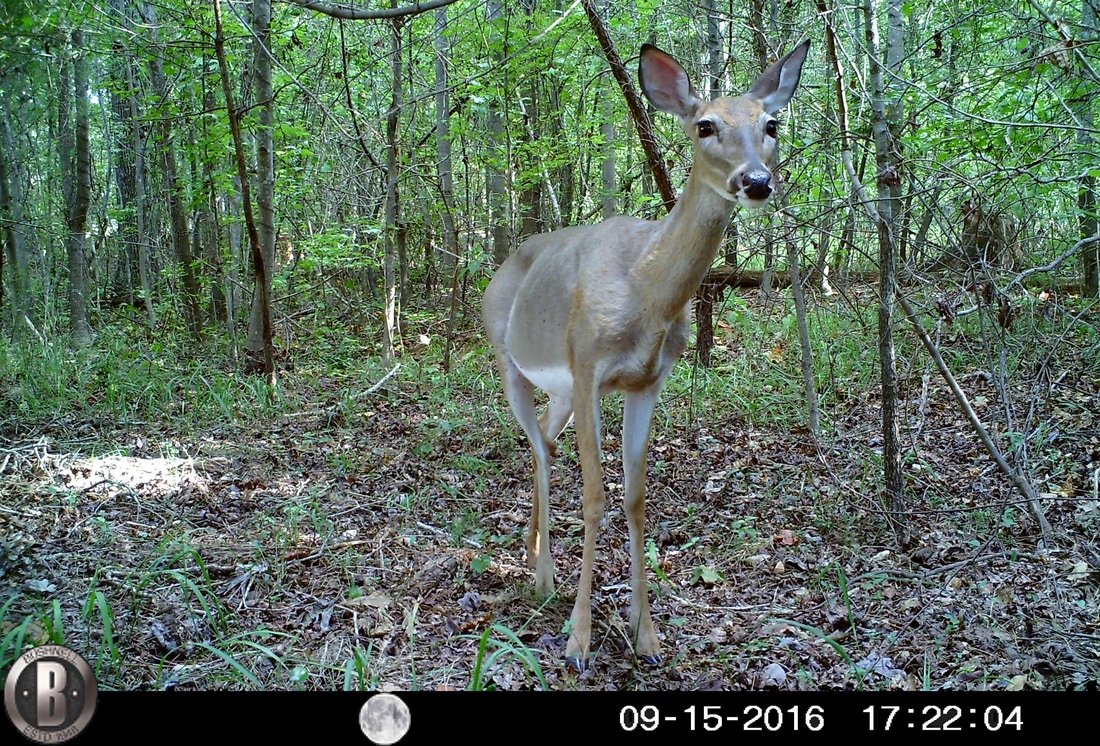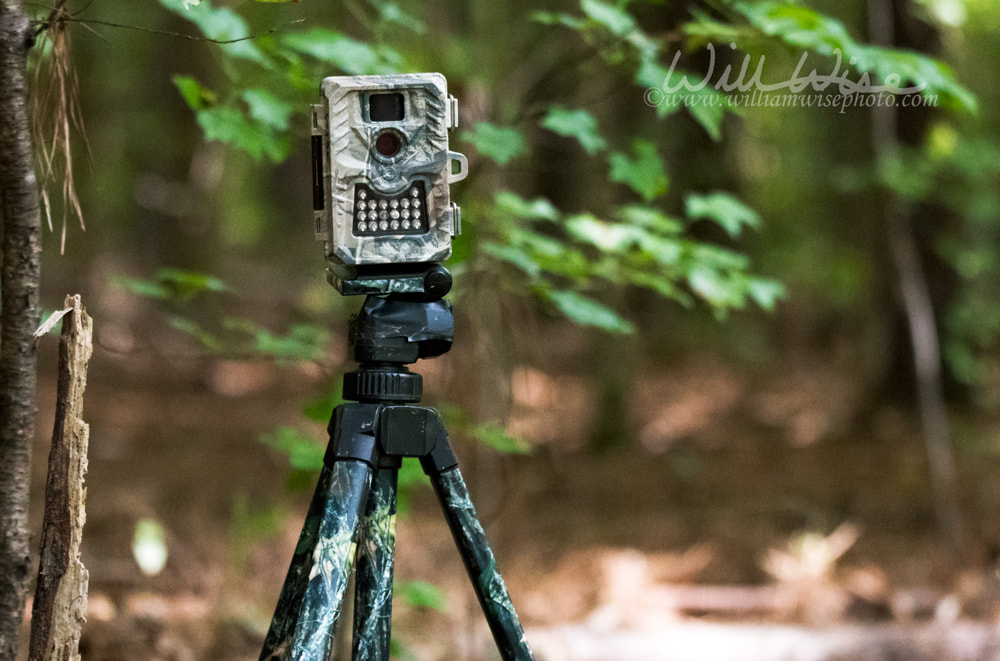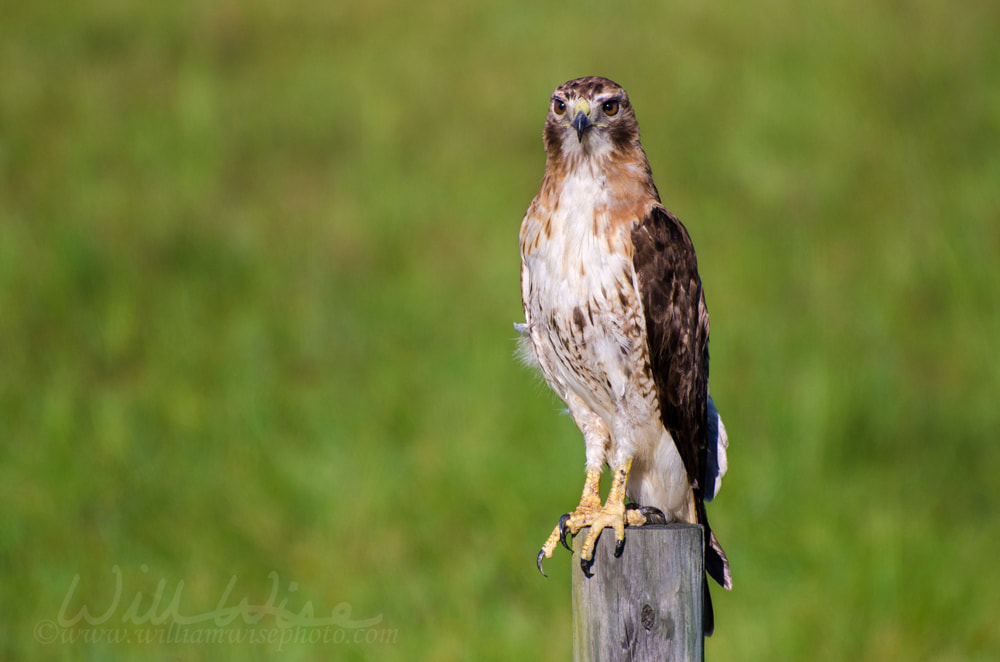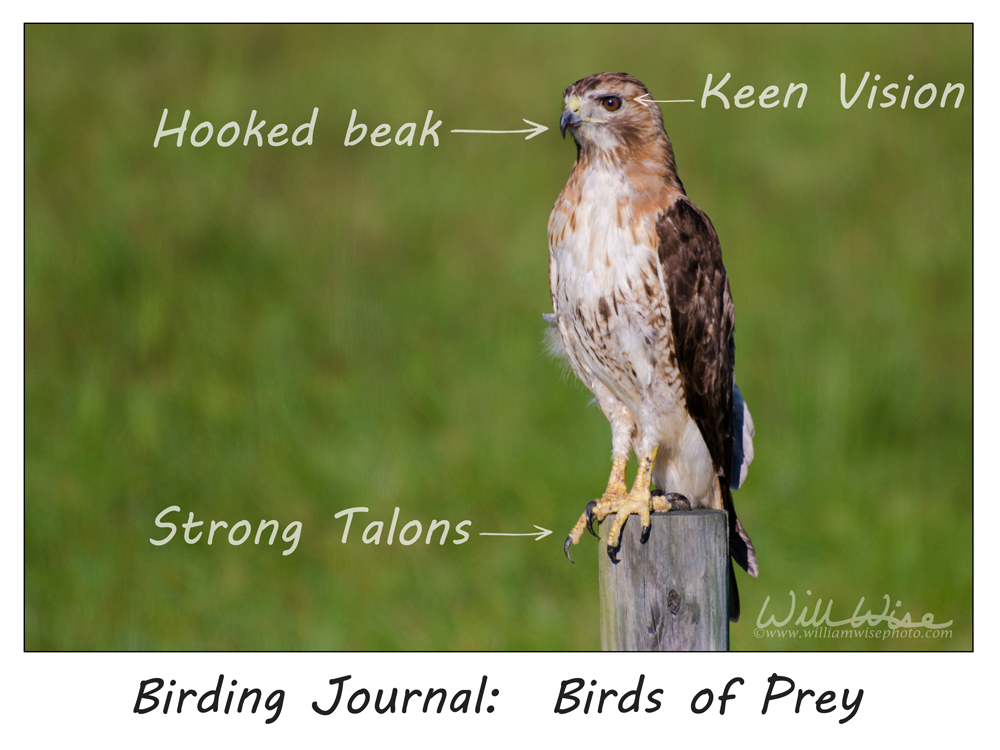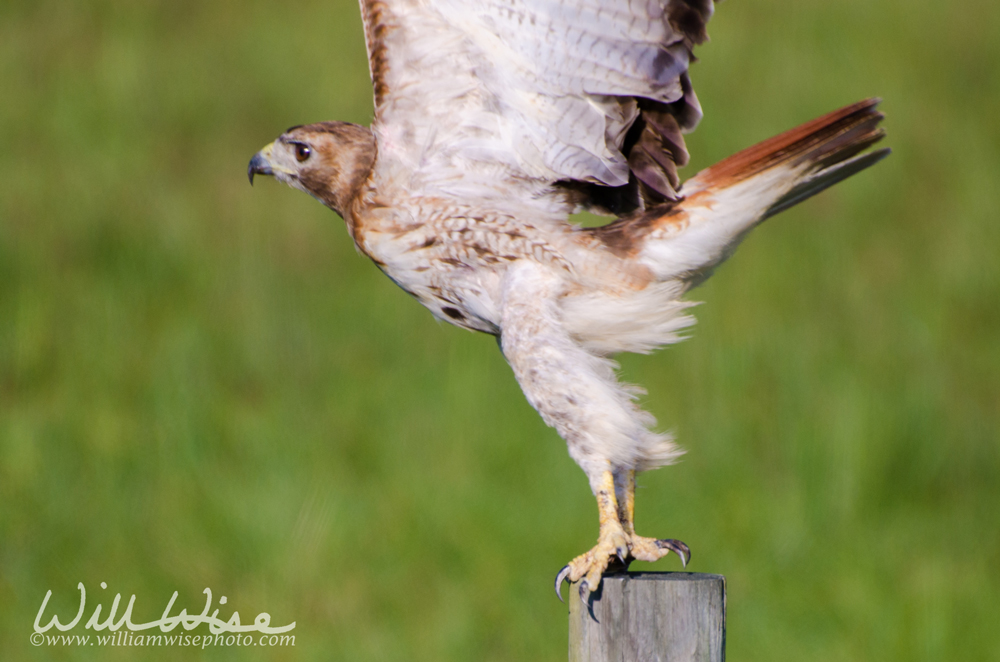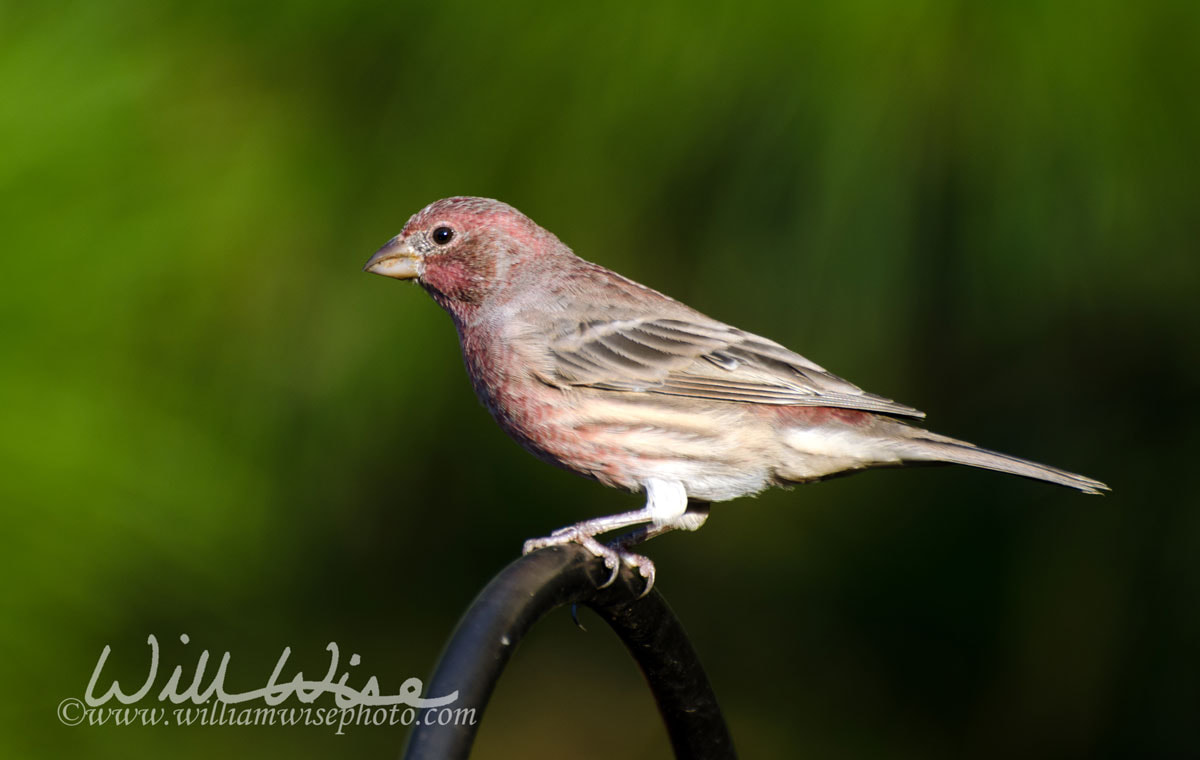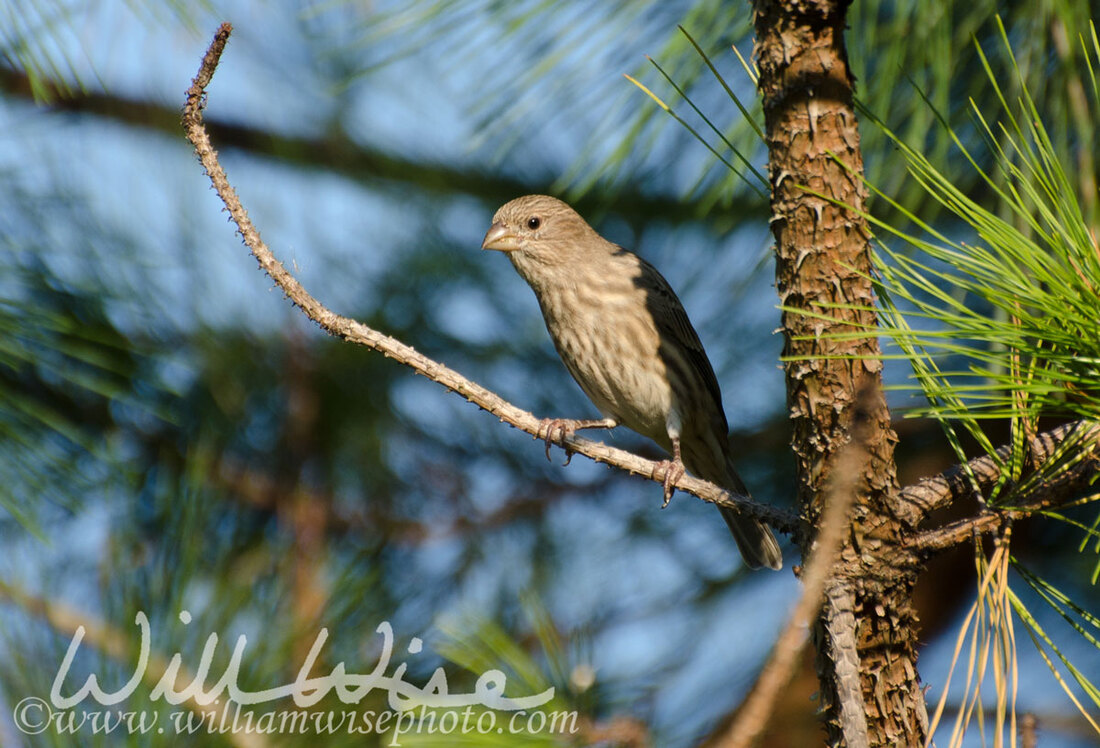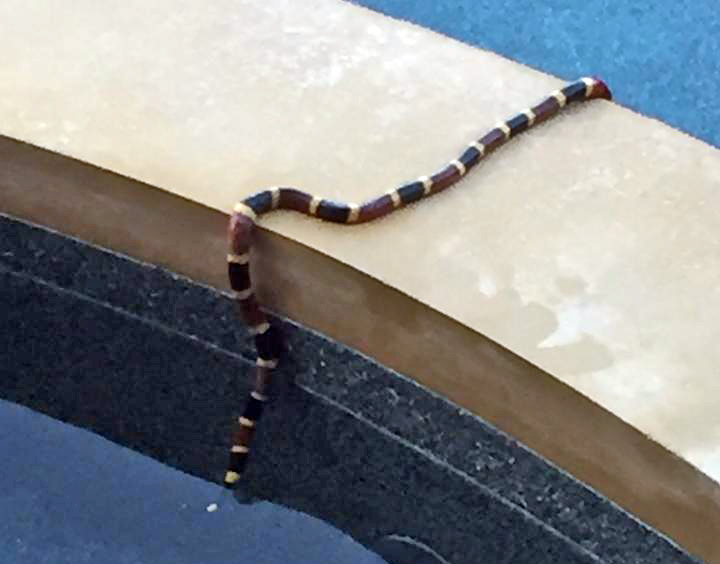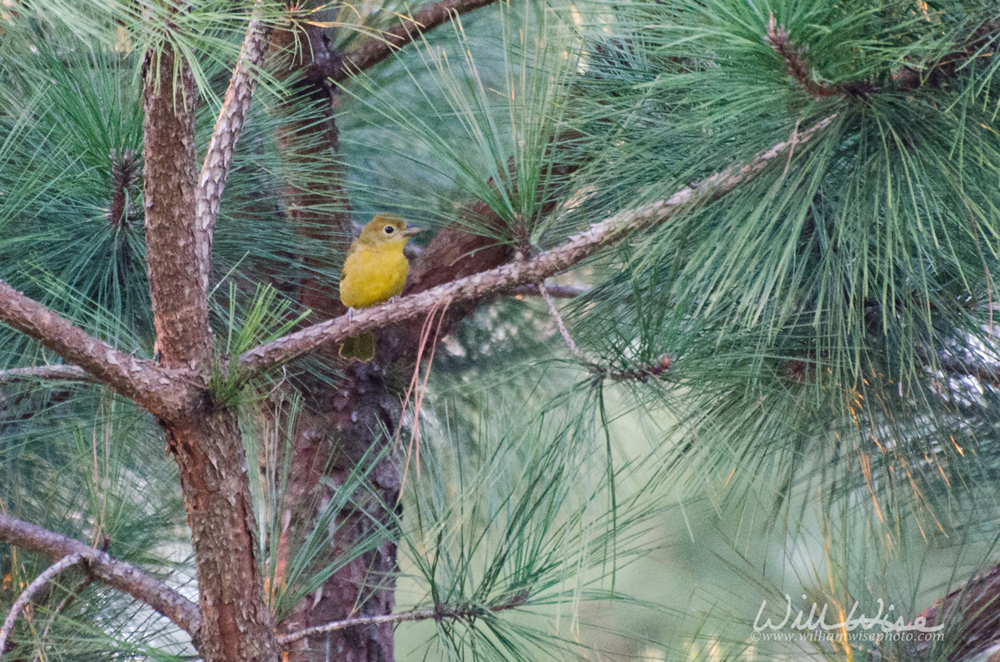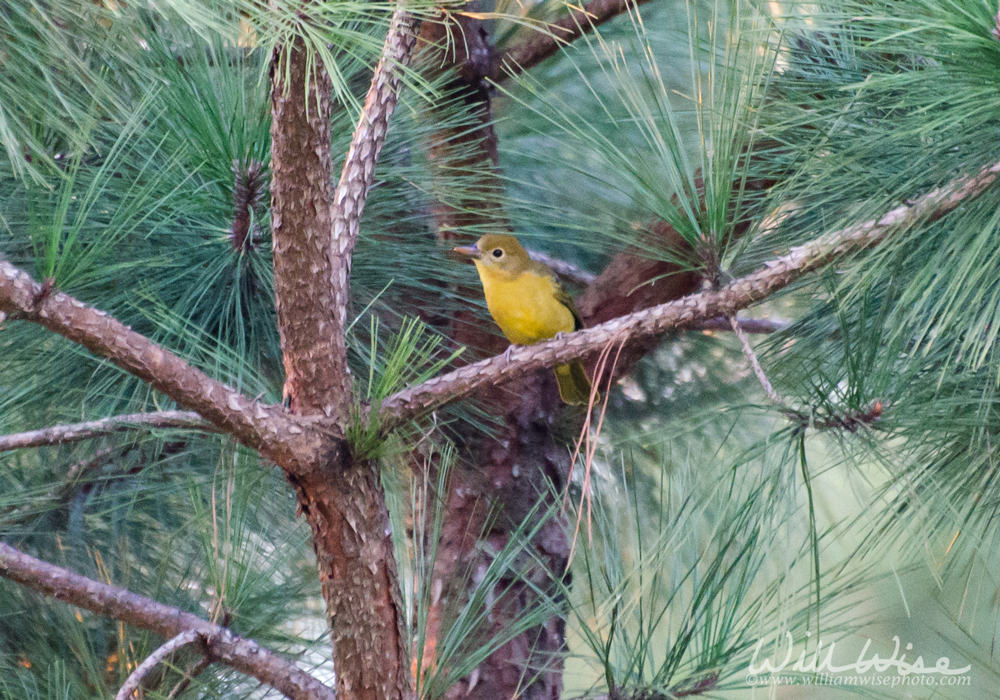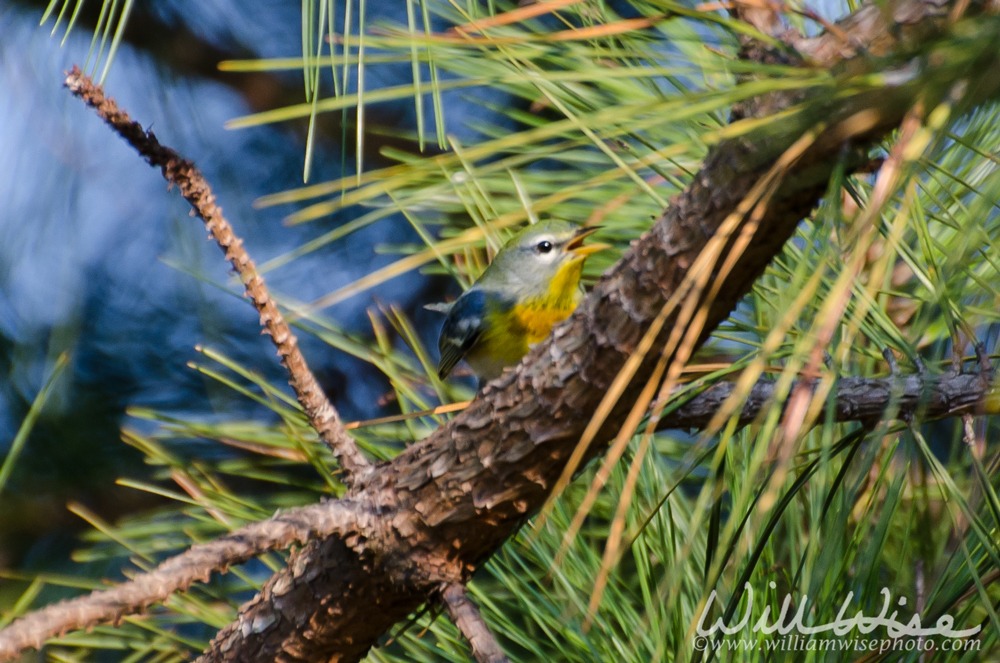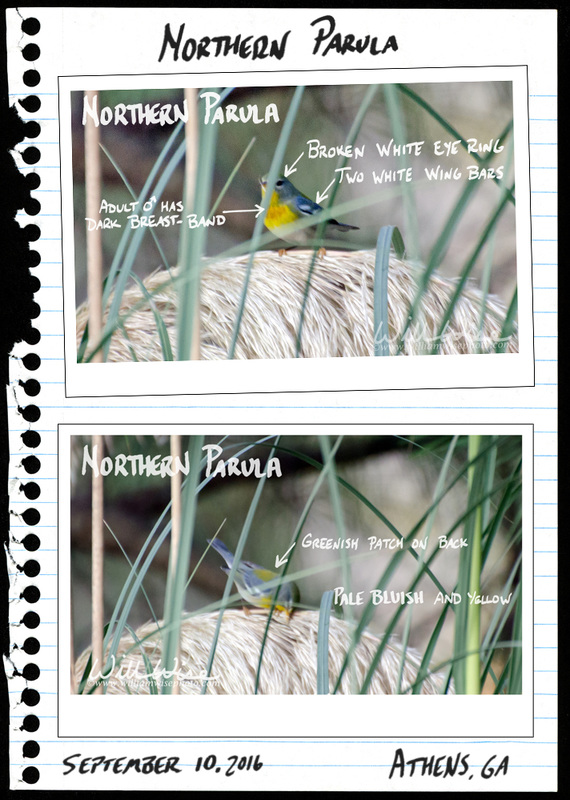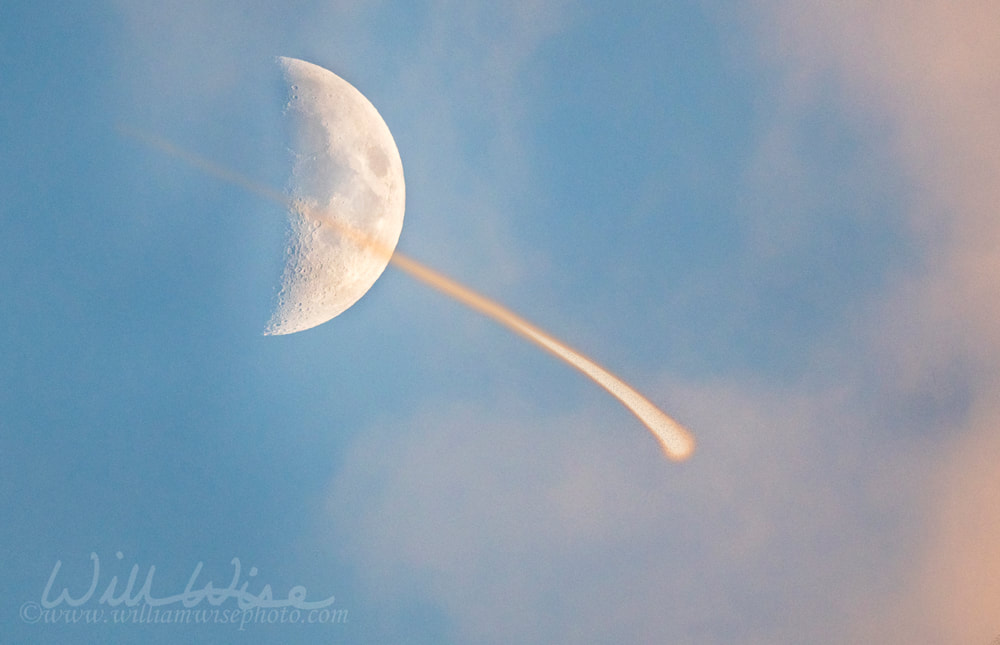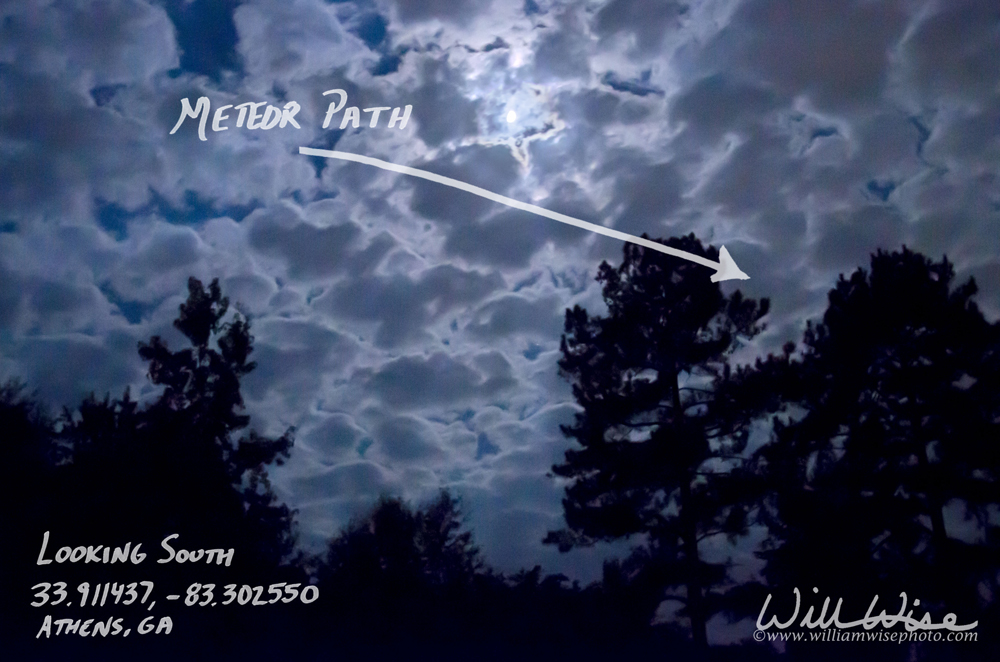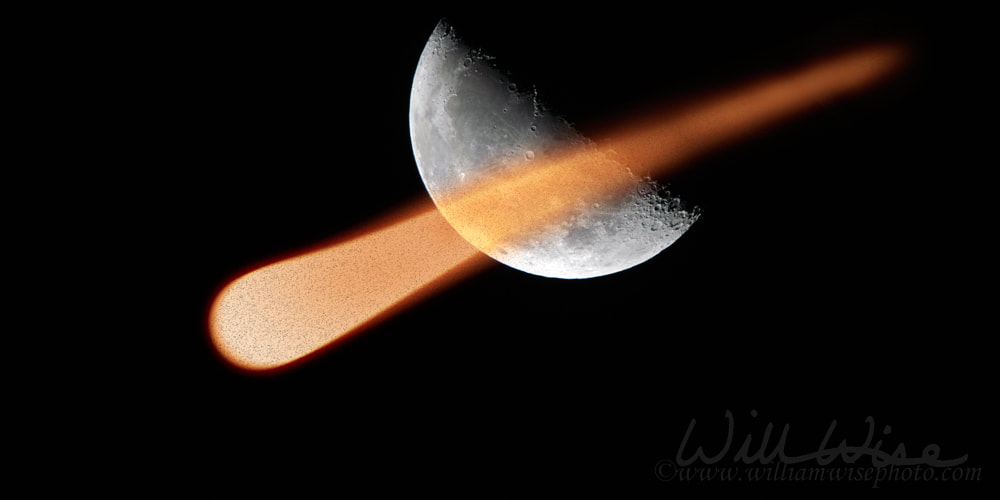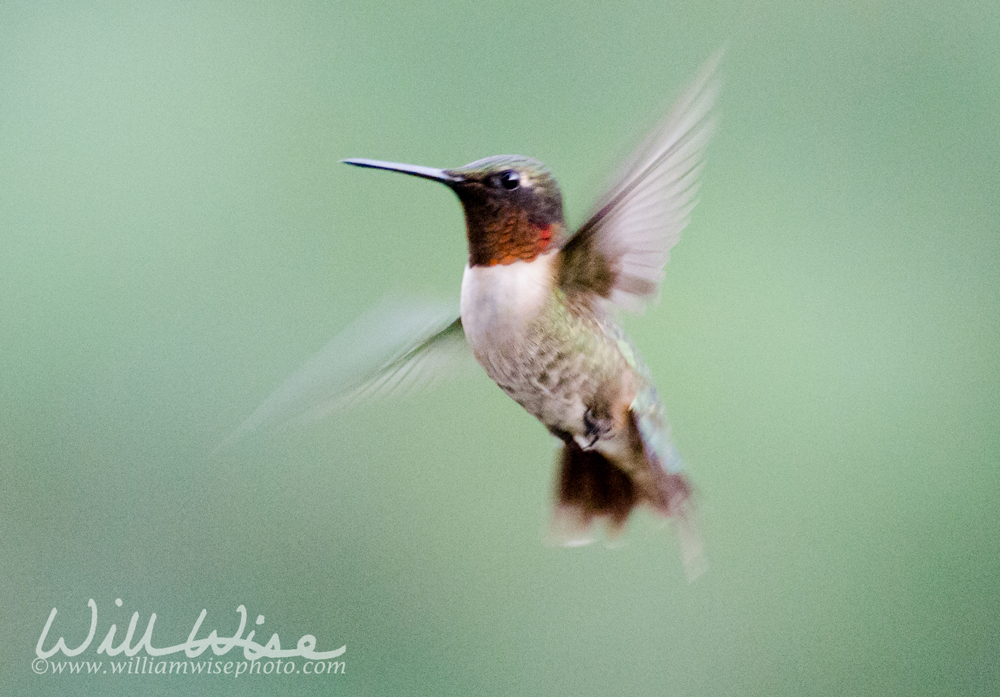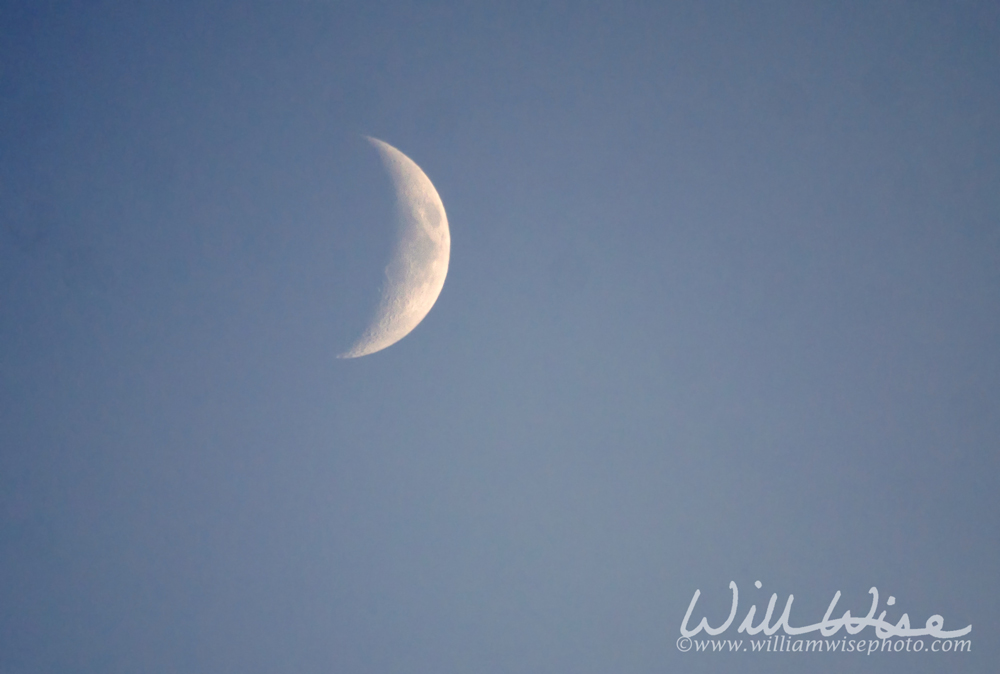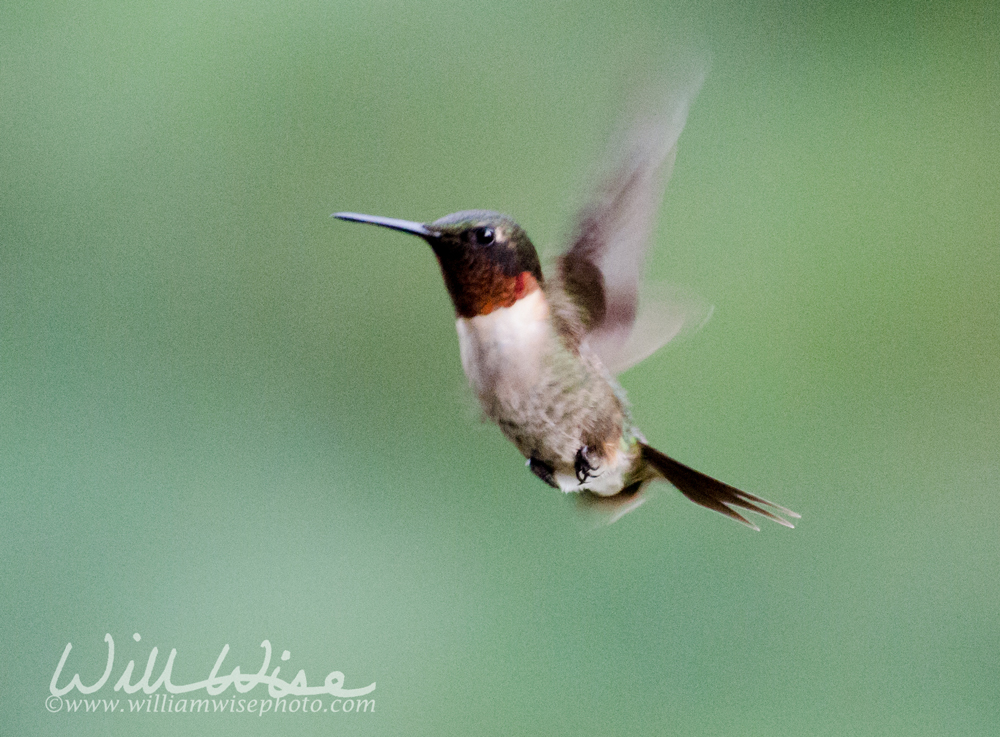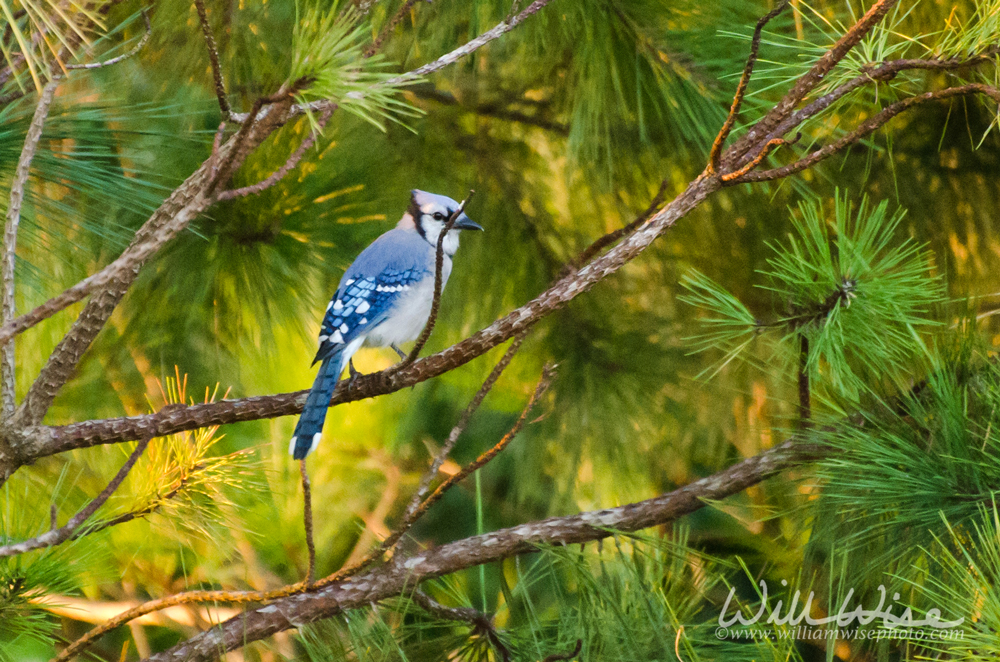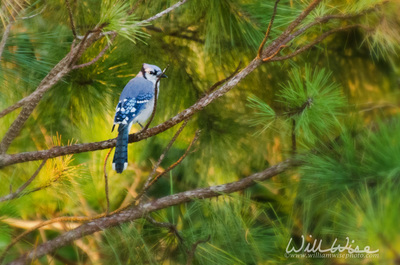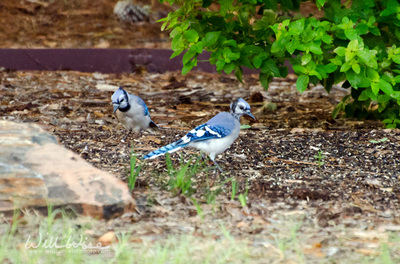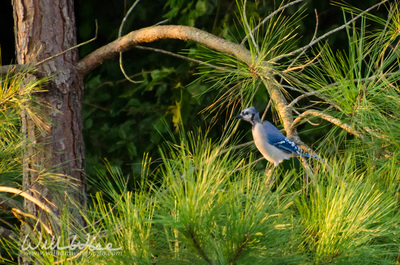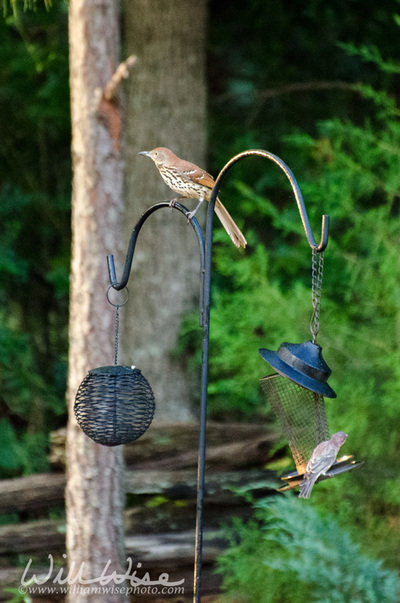 William Wise Photo Nature Notes is a wildlife, landscape, birding and nature photography blog documenting the beauty, design and wonder of God’s creation. “But ask the animals, and they will teach you, or the birds in the sky, and they will tell you; or speak to the earth, and it will teach you, or let the fish in the sea inform you. Which of all these does not know that the hand of the Lord has done this?" Job 12:7-9
0 Comments
 William Wise Photo Nature Notes is a wildlife, landscape, birding and nature photography blog documenting the beauty, design and wonder of God’s creation. “But ask the animals, and they will teach you, or the birds in the sky, and they will tell you; or speak to the earth, and it will teach you, or let the fish in the sea inform you. Which of all these does not know that the hand of the Lord has done this?" Job 12:7-9  Mallard Eclipse Molt Preening feathers on pond in Walton county Georgia (Photo #201609076). Support my work by downloading this photo at www.dreamstime.com. 100% of funds go back into shelter adoption photography and education programs. Thursday, 7:48 AM – I sauntered up to the shelter pond with camera in hand before the work day began to see what I might see. The morning air was completely calm, but not quite stuffy. Underneath the cloudless sky, the pond was absolutely still... I would say 'as glass' if it weren’t for the bits of grass and debris cast in the water from yesterday’s mowing of the banks. A bright orange sun rose just above the tree line, bathing the entire pond in a vibrant glow. I pulled my hat down to block the blinding rays and peer across the water. From a spot on the bank, concentric arcs of puffy white feathers slowly floated out into the pond, like little sailboats caught on a calm breeze. The resident Mallards sat in the epicenter of these ripples busily preening their feathers.  Mallard Drake Eclipse Molt (photo #201609080). Support my work by downloading this photo at www.dreamstime.com. 100% of funds go back into shelter adoption photography and education programs. The drakes have begun the slow process of molting back into their colorful breeding plumage. The old, drab brown feathers are mixed with the incoming more brilliant greens, giving them an almost “mangy” appearance. Earlier in the spring, around the time the females were laying eggs, the drakes shed their bright green feathers for drab brown coverings. But now they are again re-growing their signature green feathers, known as their “nuptial” plumage. This molt takes a good bit of time to complete since they exhausted their stored protein reserves on the previous molt.
I sat and watched through my lens as their heads turned side to side, rubbing the bottom of their bills against their breast feathers; as webbed feet came forward and scratched faces and under wings; as necks stretched out with mouths full of down. I am curious to observe how long until these drakes regain their handsome green, gray, brown and black characteristic colors of Mallard drakes. Until then, they sit on the banks preening away, sending little white sailboats off across the pond’s surface. Walton County, Georgia Thursday, 5:22 PM - I set up my trail camera in the green space near my house for about a week just to see what I could see. I was hoping for a coyote or fox shot, but got the typical neighborhood does and an armadillo. All the deer ticks covering this poor girl make me itchy! Athens, Georgia Thursday, 5:41 PM - There is an advantage to being ready. On my typical drive home, this beautiful Red-tailed Hawk was perfectly posed on a pasture fence, but only momentarily. Since my camera was lying ready on the passenger seat, all I had to do was slow down, put down the window and fire away. These amazing raptors are always ready. Their lives depend upon being prepared to take every opportunity to seize their prey. To succeed and survive, they have been equipped with keen eyesight to spot even the smallest rodent scurrying in the brush; their strong talons are ever quick to “snatch up” (the linguistic origin of the name raptor) that prey; and their hooked beak ensures the meal does not escape. They are ever at the ready. Rarely do critters sit and patiently wait for me to get their photo. I have learned to be ready to get the shot before they fly or scurry off. I try to follow a few "Readiness Rules" I’ve set for myself:
Readiness Rule #1 - My camera rides shotgun. You can’t take a photograph without a camera; and not only must it be with you, it must be accessible. I learned the hard way by missing an awesome coyote shot because my camera was closed in a bag sitting in the back seat. Readiness Rule #2 – the right lens is on the camera. I swap lenses throughout the day depending upon what I am shooting (35 mm fixed lens for shooting in the kennel; 50 mm fixed lens for dog portrait shots; 40 mm macro lens for cat studio portraits; 18-105 mm lens for general around-the-house family photos). So, when I get in the truck (or go for a hike), I make sure my camera is already fitted with my 70-300 mm zoom lens. Readiness Rule #3 – the lens cap is always off. There is nothing more frustrating than raising my lens to shoot a bird that is actively flying off only to see black through the viewfinder. I’ve found the lens hood and some mindful handling is protection enough and replacing the lens cap after each shot isn’t really necessary. Readiness Rule #4 - the right aperture and shutter speed settings are already selected. Most of the workday my camera is set to capture low-light shots of dogs in their kennels. But these settings won’t work for the outdoor wildlife shots. So when I step outdoors, I double check my settings. What are the settings I prefer for outdoor wildlife shots? At a minimum:
Being ready has its advantages. For a raptor, being ready means survive or starve. For a photographer, it is capturing a shot or dealing with disappointment. Barnett Shoals Road, Athens-Clarke County, Georgia  William Wise Photo Nature Notes is a wildlife, landscape, birding and nature photography blog documenting the beauty, design and wonder of God’s creation. -- "What a wildly wonderful world, God! You made it all, with Wisdom at Your side, made earth overflow with your wonderful creations." Psalms 104 The Message
 William Wise Photo Nature Notes is a wildlife, landscape, birding and nature photography blog documenting the beauty, design and wonder of God’s creation. - Revelation 5:13 Then I heard every creature in heaven and on earth and under the earth and on the sea, and all that is in them, saying: “To him who sits on the throne and to the Lamb be praise and honor and glory and power, for ever and ever!” The House Finches are very common visitors at my backyard bird feeder. Being more tolerant of people, they often allow better photos than some other species. Adult males' heads are typically reddish and intensity varies with the time of year. Adult females have brown upperparts and streaked underparts.
 William Wise Photo Nature Notes is a wildlife, landscape, birding and nature photography blog documenting the beauty, design and wonder of God’s creation. -- "What a wildly wonderful world, God! You made it all, with Wisdom at Your side, made earth overflow with your wonderful creations." Psalms 104 The Message Monday - Twenty years of working in Animal Control, and twenty five years of hunting for snakes, and I’ve never had the privilege of finding a Coral Snake in the wild. And look what my mom’s neighbor found crawling out of her swimming pool in Texas this morning! Knowing my mom and her friend, I'm surprised they had the nerve to get close enough for this cell-phone photo! Unfortunately, since nobody skilled enough (and crazy enough) like me was there to collect the beautiful specimen, they had to “get rid” of him. Driftwood, Texas Sunday, 6:49 AM - This early morning backyard visitor gave me a bit of a fit. I didn’t immediately recognize it, so I had to grab the Peterson’s Field guide. Perhaps it is a Pine Warbler? I’ve seen those before in my backyard. It had the yellow ‘spectacles’ around the eyes, but this one seemed larger, and the beak was too big. Perhaps a Yellow-throated Vireo? But it looked too yellow and didn’t have the black eye stripe. Having no luck in Peterson’s, a few days later I tried www.allaboutbirds.org, the Cornell Lab of Ornithology’s website. This is a great resource with photos, identification and life history info on every bird. It even has photos of similar species to help clear up confusions like mine. Still no luck. Finally, on September 30, I decided to email the photos to the vice-president of the Oconee Rivers Audubon Society. The “conversation” went like this:
Mystery solved. Should have consulted and expert earlier! Athens, Georgia
 Creation Speaks is a Biblical teaching ministry that uses nature writing and photography to glorify our Creator and teach the truth of creation. “But ask the animals, and they will teach you, or the birds in the sky, and they will tell you; or speak to the earth, and it will teach you, or let the fish in the sea inform you. Which of all these does not know that the hand of the Lord has done this?" Job 12:7-9 Ephesians 1:8 He has showered down upon us the richness of his grace—for how well he understands us and knows what is best for us at all times. (TLB) A waxing gibbous moon hangs about 45 degrees above me to the south. I sit and enjoy a quiet evening on my back patio with my family. As the sky darkens to a deeper blue, the long bright trail of a “shooting star” blazes across the sky. It originated just below the moon and fired in a somewhat downward angle to the east until it faded out near the tree line.
“Wow!” I exclaimed, just after this meteor blazed across the sky. My wife and kids sitting with me all said, “What?”, so I knew I was the only one to see it. In much the same manner, so many people never notice these wonders of God. While we sit in ignorance, giant masses of stone are hurtling toward our planet. Not only are we are ignorant of our danger, but we are ignorant of His grace. Yet He protects us still! Unfortunately, one day His protection will be lifted and a great judgment – a judgment that has long been withheld because of His immense mercy and longsuffering – will take place. Our souls must be prepared against this day. Not by building underground meteor shelters, but simply in recognizing and accepting His grace and salvation. That same grace which covers our planet in a protective atmosphere is sufficient to save all in the day of wrath. "And the third angel sounded, and there fell a great star from heaven, burning as it were a lamp, and it fell upon the third part of the rivers, and upon the fountains of waters; And the name of the star is called Wormwood: and the third part of the waters became wormwood; and many men died of the waters, because they were made bitter." Revelation 8  William Wise Photo Nature Notes is a wildlife, landscape, birding and nature photography blog documenting the beauty, design and wonder of God’s creation. "Thou art worthy, O Lord, to receive glory and honour and power: for thou hast created all things, and for thy pleasure they are and were created." Revelation 4:11 Tuesday, 7:20 PM - Waiting on the back patio for my family to come out for a walk, a pretty waxing crescent moon hanging in the sky, I saw a large Pileated Woodpecker flying in his characteristic dipping flight pattern, heading east, off to my left. I could hear his loud call several minutes later off in the woods. In a rare moment, a male Ruby-throated Hummingbird got a chance at the feeder. He is a rare sight because one particular female hummer aggressively chases off all the others. He was much more cautious and allowed only a poor photograph. A Barred Owl called three times off in the distance as we began our walk. Athens, Georgia
 William Wise Photo Nature Notes is a wildlife, landscape, birding and nature photography blog documenting the beauty, design and wonder of God’s creation. -- Psalms 96:11-12 Let the heavens be glad, and let the earth rejoice; let the sea roar, and all that fills it; let the field exult, and everything in it! Then shall all the trees of the forest sing for joy 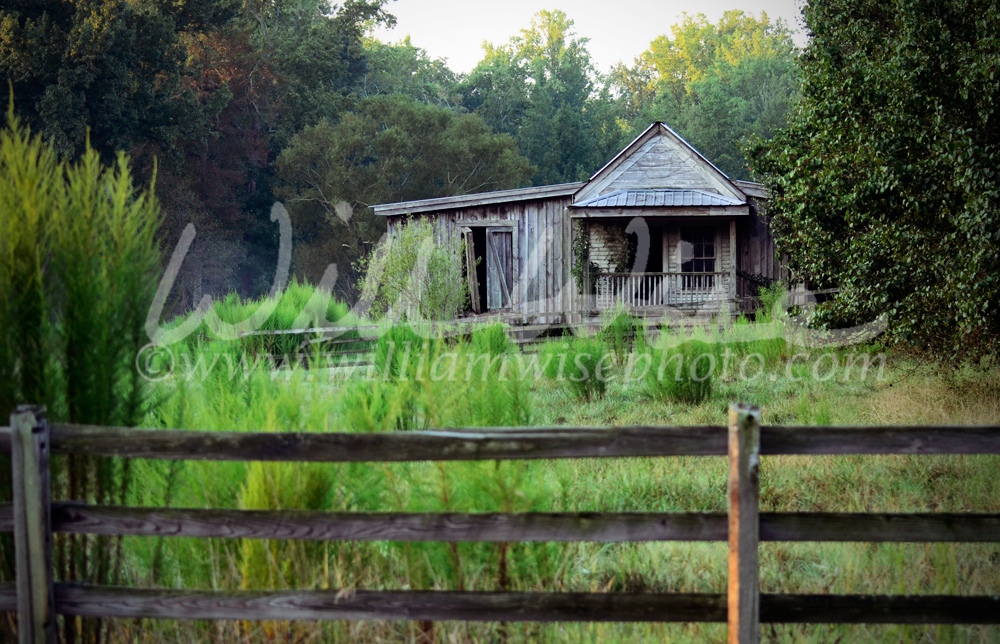 A beautiful rustic wood homestead in rural Walton County Georgia. Support my work by downloading this photo at www.dreamstime.com. 100% of funds go back into shelter adoption photography and education programs.
 William Wise Photo Nature Notes is a wildlife, landscape, birding and nature photography blog documenting the beauty, design and wonder of God’s creation. "Thou art worthy, O Lord, to receive glory and honour and power: for thou hast created all things, and for thy pleasure they are and were created." Revelation 4:11 Monday, 7:36 AM - Labor Day Holiday
Coinciding with a bright orange ray of the rising sun illuminating a panel of my neighbor’s wood fence, the bird songs began and avian activity really picked up. Three jays came, stayed up in a tree, looked toward the ground, and flew off. The Titmice and Cardinals showed up as usual. A bigger Brown Thrasher bullied the House Finches away from the feeder until his breakfast was over. Over the next thirty minutes, new pairs and triplets of Blue Jays showed up (or re-appeared) in shifts; their piercing calls louder than any of the other bird songs. Examining their photos later, I could see bald patches on a few of their heads. Not sure if they are molting adults, fledges that aren’t fully feathered, or bullied individuals. A small rabbit hopped across the back, but too timid to stick around. At 8:47, the screech of a hawk sounded across the meadow as my cue to leave the house to work on the trail on the church property. Several showed up to help clear the pathway. In great sadness, I found that I had run over a Box Turtle with my riding mower, cracking his shell a bit. I don’t know if he’ll survive. No sign of the Copperhead that I had seen here a few weeks earlier. Athens, Georgia Saturday, 7:17 PM – I’m lying on a picnic table at my church, staring up into a darkening sky, waiting for the outdoor concert to begin. Far overhead a couple of birds sail through the sky making occasional dives and loops. The flight pattern, the wide white bars on their wings, and the time of day are the keys to their identity: Common Nighthawk. They are far too high, and the light far too low, for a good photograph. But why not document the meeting? (I can’t explain it, but my spirit is always lifted spotting some bird, sunset, critter or even just a cloud formation.) The resulting photograph is nothing worth posting: poor light, no detail, lots of "noise"... it won’t win any awards or even qualify as interesting. Unless… I’ve recently listened to a few classes by John Muir Laws on nature journaling and sketching. In one course he talks about turning a sketch that isn’t turning out well into a diagram. “Writing all over your drawing is the easiest means of ‘journal first aid’. Any time you don’t like the way a drawing is going, make it a diagram. Add a few lines, notes and things. The density of information makes it interesting again, both to you and anyone else who looks at it.” I suppose it could work with a photograph as well. I tried it with my 'substandard' Nighthawk photograph and Laws is right: the diagrams, along with writing a journal entry, give the photo more depth and some context. Now it is now more interesting and memorable… at least to me, if nobody else. Athens, Georgia |
Categories
All
Archives
June 2025
|
|
All content is ©williamwisephoto.com. Please don't steal images. My images are available at dreamstime.com. Stock sales go into the shelter photography program.
|
In December 1993 I came to know the Designer and Creator of this wonderful planet and its creatures: Jesus Christ.
|
Donations help support the animal shelter adoption photography equipment and adoption website hosting and domain fees. Thanks for your support!
|
